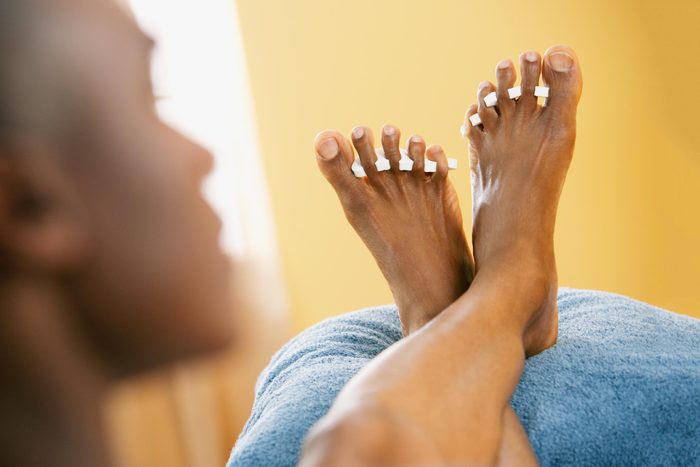
After a season spent hiding your feet away in winter boots and cozy footwear, chances are your tootsies could use a little TLC. It’s always impressive how getting a pedicure can soothe your whole vibe and make you feel like a new person—but in order to make the most of your service, experts there are some tips and tricks you’ll want to keep in mind.
Whether you’re the type of person who has a standing monthly pedi appointment or only makes it to the nail salon ahead of your summer vacation, experts agree there are some common mistakes that could be costing your freshly glossed toes from living up to their fully polished potential.
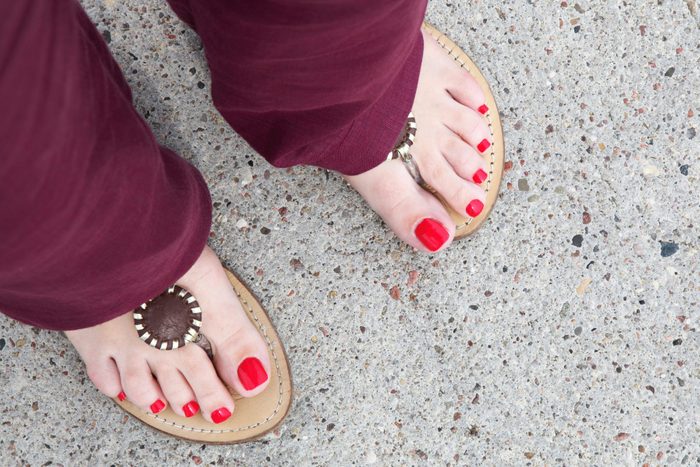
1. Don’t rush to put your shoes on
This one may be a wider concern for the cold-weather months, but it also applies if you’re headed to the gym or can’t wear flip-flips to work. “If you do regular polish, we recommend waiting at least three hours after your appointment before putting shoes and socks back on,” says Esther Willhoite Natal, general manager of Embellish Nails & Boutique in Austin, TX. If you’re in a rush, it’s best to go to a salon that offers gel or shellac polish as an option, since the UV-curing polish makes it possible to immediately put your socks and shoes back on without the fear of messing up your pedicure.
Even if your top coat is dry to the touch, Willhoite Natal says pressure from closed-toe footwear can cause wrinkling and smudging to occur. (Grrr. We’ve been there.) Instead, opt for open-toed shoes or sandals when you head to your next pedi appointment to allow for maximum drying time.
Here’s What Happens If You Don’t Wash Your Feet, Says a Medical Doctor
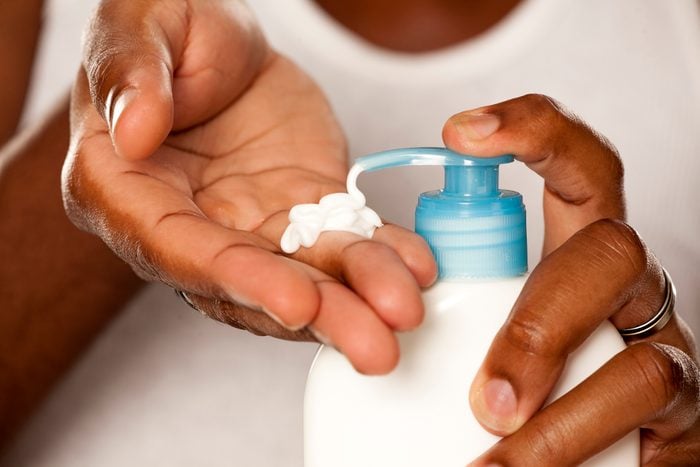
2. Don’t forget to moisturize
Similarly, you’ll want to ensure polish is fully dried before taking a dip or hitting the shower. And when you do, moisturizer is key.
“The most important thing you can do to preserve your pedicure is keep your toes and feet moisturized—especially in the summer,” says Andrea Vieira, owner and co-founder of Washington, DC’s nailsaloon. Although this may sound counterintuitive—since it’s the winter months that make skin driest—Vieira says heels tend to crack the most during summer, when our feet are bare more often.
If your pedicure appointment included an exfoliation treatment, she recommends moisturizing after having any contact with water to help restore hydration and moisture.

3. Don’t put off your next one
Like most routines, consistency is key when it comes to maximizing the potential of your pedicure. This is especially true if your vacation plans involve heading to the beach, where sand and salt can take a toll on polish and rough up your soles. According to Vieira, getting a pedicure every two to three weeks can help extend the benefits. “Not only does this help keep toes looking fresh, but it also can aid in preventing ingrown toenails and calluses,” she says. “Our feet do a lot of work for us, so treating them to some pampering is essential.” You heard it here—don’t slack on some self-care!
To keep your pedi looking as fresh as possible in the time between visits, Vieira suggests washing your feet, applying coconut oil to your nails, and wiping off the excess with a paper towel to give them a quick and easy refresh.
Experts Just Named the 8 Best Places to Go on Vacation That Zap Stress (Even After You Get Home)
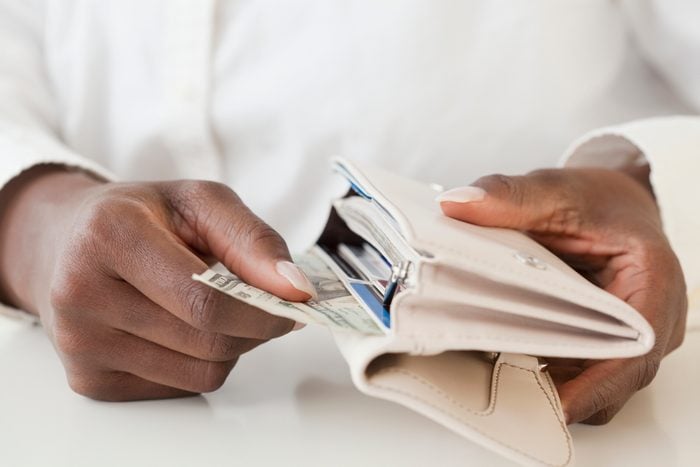
4. P.S. — Don’t forget to tip
Your feet work hard for you—and your pedicurist works hard to make them look their best. While it’s true that getting a pedi can be blissful, it can be stressful to figure out tipping etiquette post-nail appointment. Willhoite Natal says clients typically leave 20% gratuity for technicians if they’ve enjoyed their service—so factor a tip into your overall budget to minimize any stress at checkout.
10 Polite Habits Nail Tech Actually Dislike—and What to Do Instead
How to get prepare for your next pedicure:
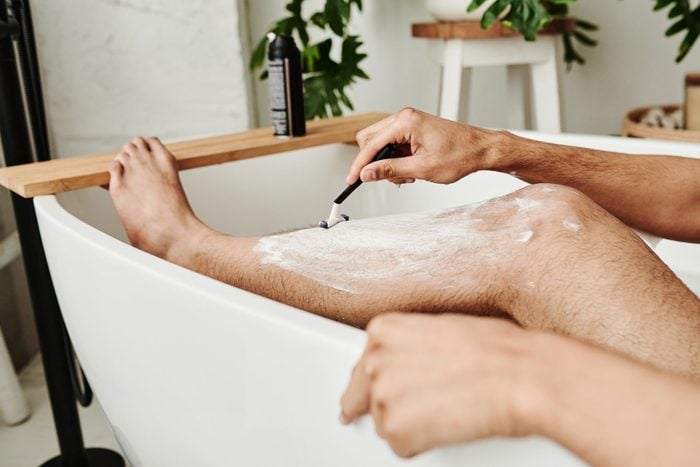
Avoid shaving right before
We’ve all been there: You’re about to head to a pedicure and realize your leg hair is a bit overgrown. But before reaching for the razor, think again. According to the American Podiatric Medical Association, shaving your legs before a pedicure can actually be more of a health risk, since freshly shaven legs can create small cuts that may allow bacteria to enter.
Bikini Wax Wisdom from Waxing Specialists: 6 Things You Should Never Do, and 3 You Should
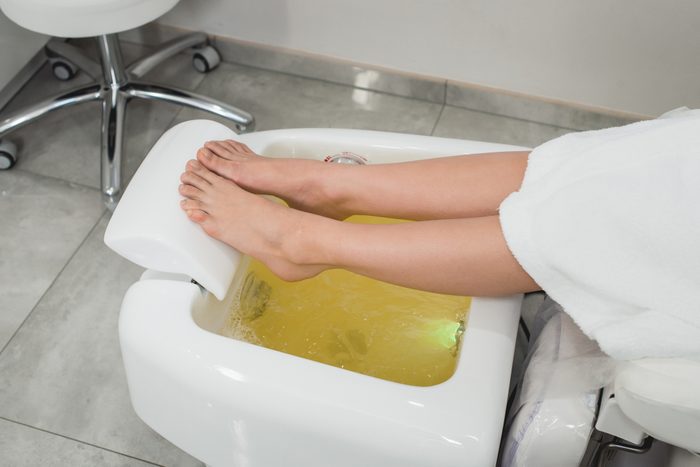
Schedule your appointment early
Whether you’re an early riser or not, on the day of your pedicure—you might want to become one. According to Chanel J. Perkins, DPM, a podiatrist in Galveston, TX, salon foot baths tend to be cleanest earlier in the day. If you’re not able to get there among the early birds, then “make sure the salon filters and cleans the foot bath between clients,” Dr. Perkins says.
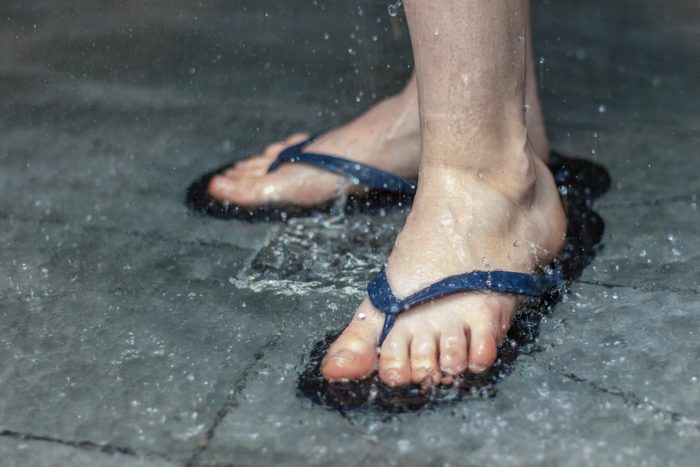
Keep up with regular foot hygiene this summer
Before you frolic into the barefoot days of summer, you’ll want to take note of a few other tips to keep your feet in good health. “Be careful walking barefoot around public pools and waterparks, since the heat and moisture from shared areas are breeding grounds for organisms that cause fungus—such as athletes’ foot—and plantar warts,” says Dr. Perkins. Any easy solution? Wear water shoes when possible.
Other American Podiatric Medical Association-recommended habits include washing your feet every day and consciously making sure you’re drying them, keeping toenails short, and changing socks at least once a day. You’ll also want to take regular inventory of your feet for cuts, sores, swelling, dryness, and infected toenails, and seek appropriate treatment, as needed.
Get all the health news you need, right to your inbox with The Healthy @Reader’s Digest‘s daily newsletter and follow us on Facebook and Instagram for more. Keep reading:
